VH2O2 probe questions you've asked... and some you wished you'd asked
Our application engineers receive a lot of questions on the HPP270 Series probes for vaporized hydrogen peroxide. In this blog we answer several common ones... Get the full FAQ (PDF).
Q: Vaisala offers a traceable factory calibration. What value does that bring to me?
A: Vaisala has a world-class H2O2 vapor calibration station. The calibration station’s H2O2 ppm value can be traced to International Standards. This means we can rely on the ppm concentration value it generates. Traceability: a traceable measurement can be related to appropriate national or international standards through a documented, unbroken chain of comparisons.
Q: How often do I need to calibrate the probe?
A: The HPP270 probes do not have a specified calibration interval. The need for calibration is based upon the duration and concentration of H2O2 exposure. To aid in this determination, the Vaisala Insight software allows you to perform sensor diagnostics, and view the sensor vitality information. Sensor vitality is displayed as a convenient percentage, and it is recommended that calibration service be arranged when the value reaches 40%.
Q: What does the Sensor Vitality percentage mean?
A: Due to the stresses of the H2O2 measurement environment, the PEROXCAP® sensor will lose its functionality over time. In less demanding conditions, the sensor can remain functional for a considerable number of years. In environments with higher H2O2 concentrations and longer exposure periods, it is recommended to monitor the condition of the sensor regularly. The status of the sensor can be reviewed from the Diagnostics Data view in Vaisala Insight PC software (Devices > [probe name] > Diagnostics). In the Diagnostics Data view, the condition of the sensor is shown as a percentage (0 … 100 %) on the Sensor vitality row. A new sensor will have a sensor vitality of 100 %, and a sensor at the end of its life cycle will have a sensor vitality of 0 %. If you are using the probe in a demanding environment, contact Vaisala to arrange sensor maintenance or replacement once the sensor vitality value reaches 40 %.
Q: How can I know if the catalytic layer is still ok?
A: We have run long-term tests on the catalytic layer under H2O2 environment and these tests show that the catalytic layer is durable. You can check the catalytic layer by comparing the H2O2 ppm values between two adjusted probes.
Q: What happens if the HPP270 series probes are in vaporized H2O2 conditions above 2000 ppm?
A: The HPP272 withstands higher concentrations than 2000 ppm, but higher H2O2 concentrations will negatively impact the sensor's lifetime, increasing drift and decreasing sensor vitality.
Q: Can a user replace the PEROXCAP® sensor by themselves?
A: No, users cannot replace the sensors. They not sold separately and a factory-level calibration and adjustment needs to be performed after the sensor replacement.
Q: Can I replace the probe filter by myself? Can I order the filter as a spare part?
A: Yes, you can replace the filter. Use product code DRW246363SP to order.
Q: Are RH and RS direct measurement from the sensor?
A: The PEROXCAP® sensor contains two different HUMICAP sensors: A standard HUMICAPR2 and a HUMICAPR2 with a catalytic layer. The catalytic layer on the HUMICAPR2 catalyzes the H2O2 vapor into water and oxygen and prevents H2O2 measurement. Therefore, the sensor only sees water vapor and measures RH. Because there is extra H2O from the catalytic layer, the measured Relative Humidity is corrected. Relative Saturation is a calculated parameter from the different measurements (RH, ppm and temperature) of both sensors.
Q: Why does the analog ppm output not always read zero with no H2O2 present?
A: The PEROXCAP® sensor consists of two humidity sensors that have a minor difference in behavior when the humidity level changes. Because of this difference, the H2O2 concentration reading may vary slightly (typically 0 … 3 ppm) when the probe is not exposed to H2O2. If necessary, the variation in low level output can be hidden by enabling the low H2O2 threshold feature that forces the output to 0 when the measurement falls below a set level (for example, 3 ppm), and the configured activation delay ends. The output returns to normal operation after the measurement has remained above the set deactivation level (for example, 10 ppm) for a set time. You can configure the low H2O2 threshold activation and deactivation levels and the activation and deactivation delays with Vaisala Insight PC software and Modbus registers.
Q: Can I customize the output (measurement scale)?
A: Yes, the analog output scale can be customized for all of the available parameters. This can be performed using the Insight software, Modbus registers, or through the Indigo200/500 configuration interface.
Q: Can changes to the probe be made in the field?
A: Yes, changes to the output parameters, output scaling, and chemical purge can be made in the field. This can be performed using the Insight software, Modbus registers, or through the Indigo200/500 configuration interface.
Q: Do you have a question of your own?
A: Find your local Vaisala representative, or send us a question in this form.
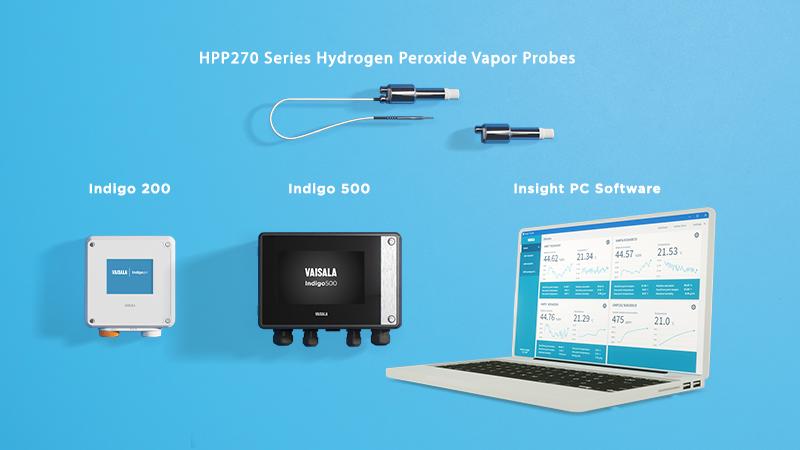
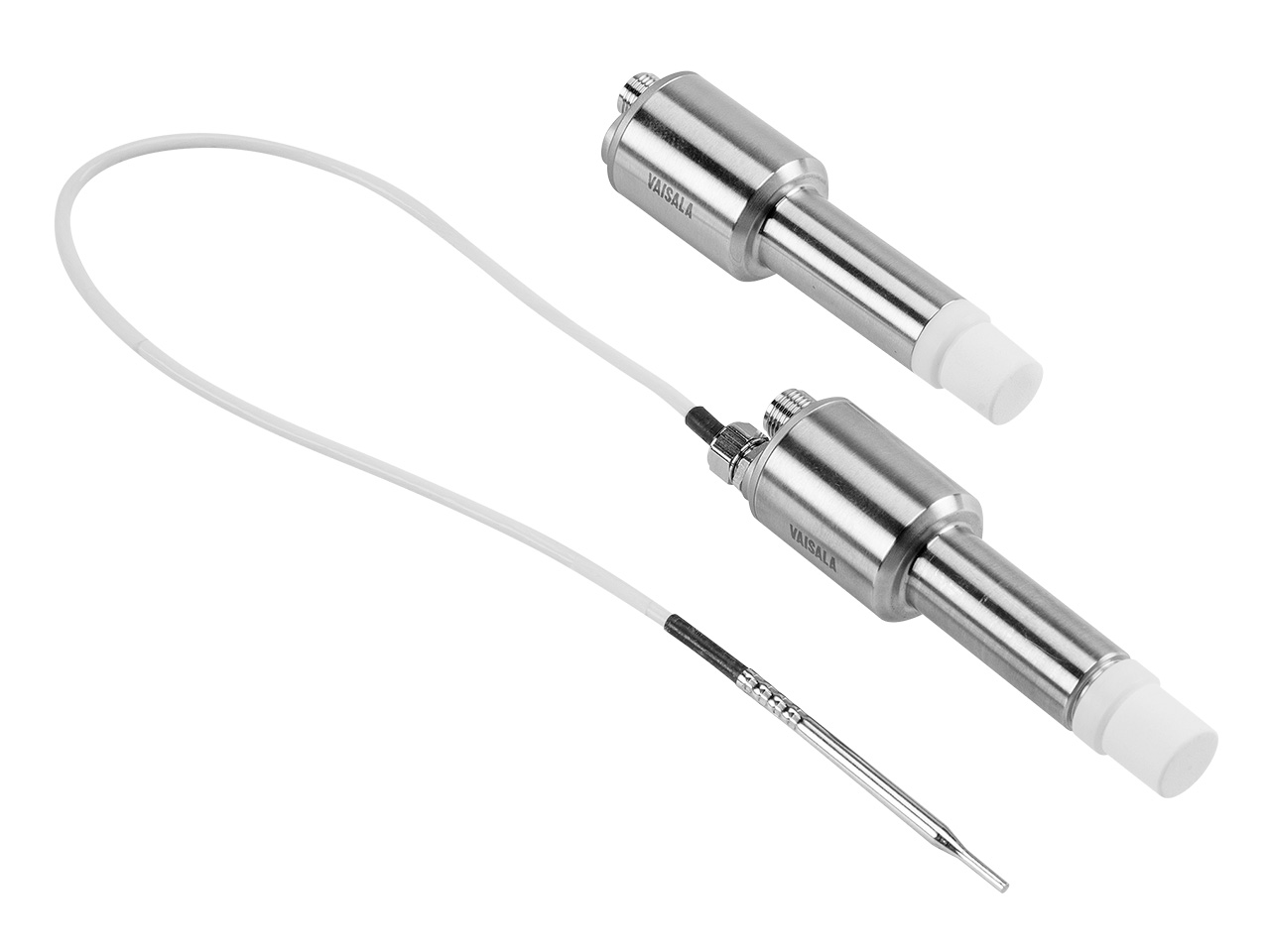
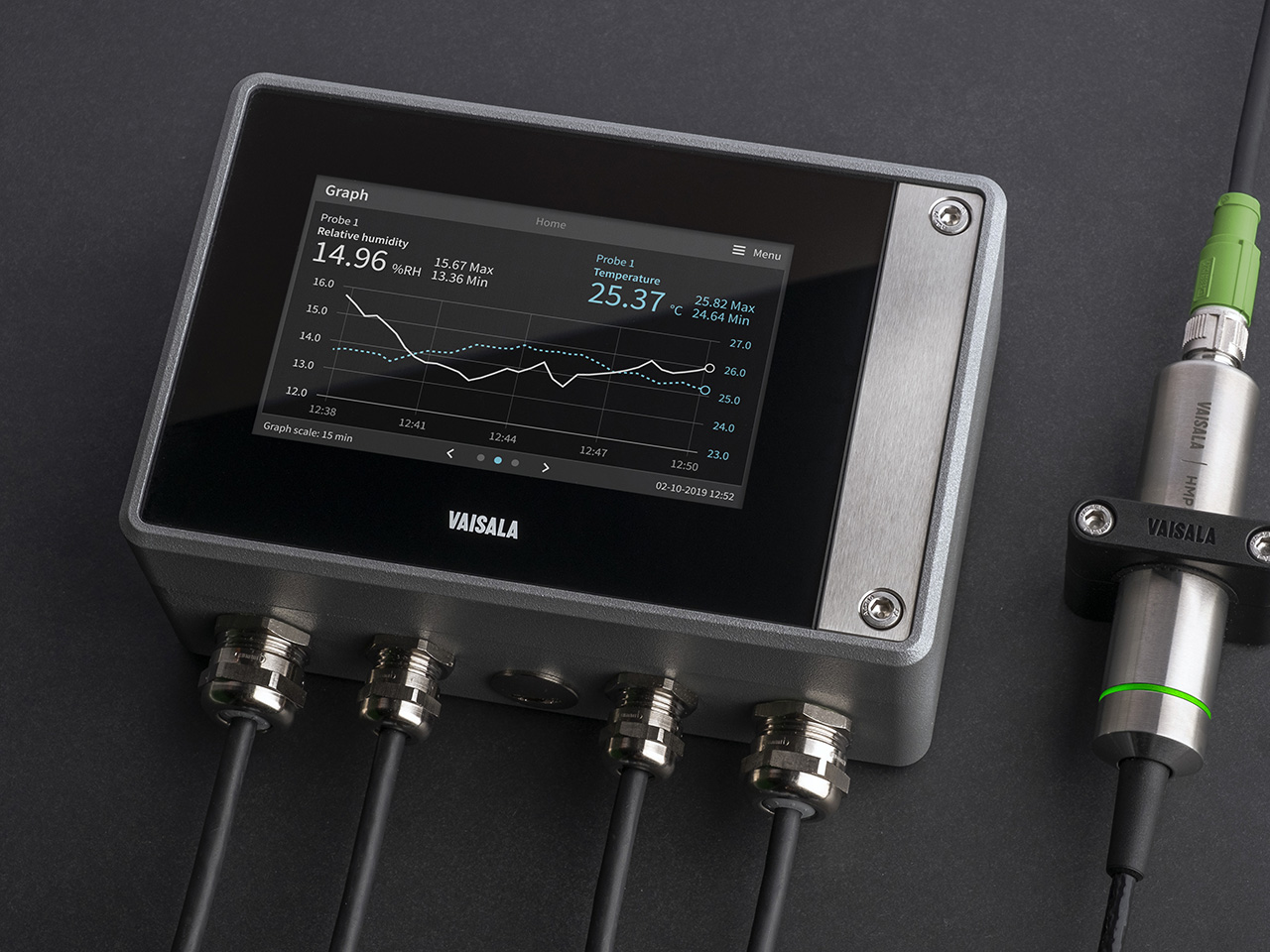
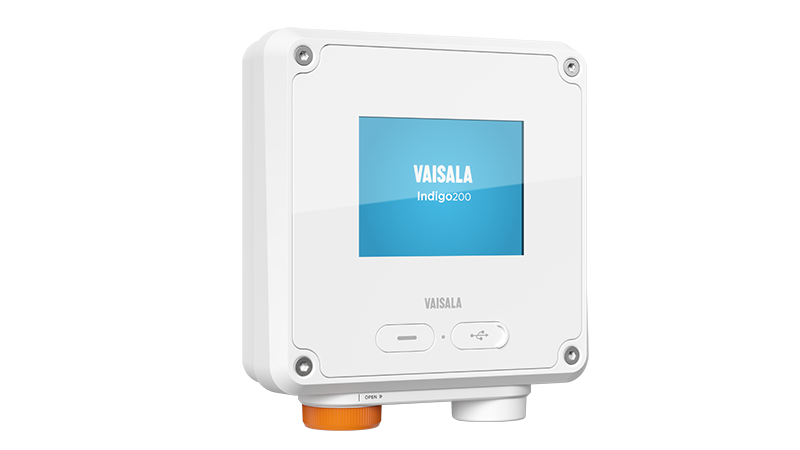
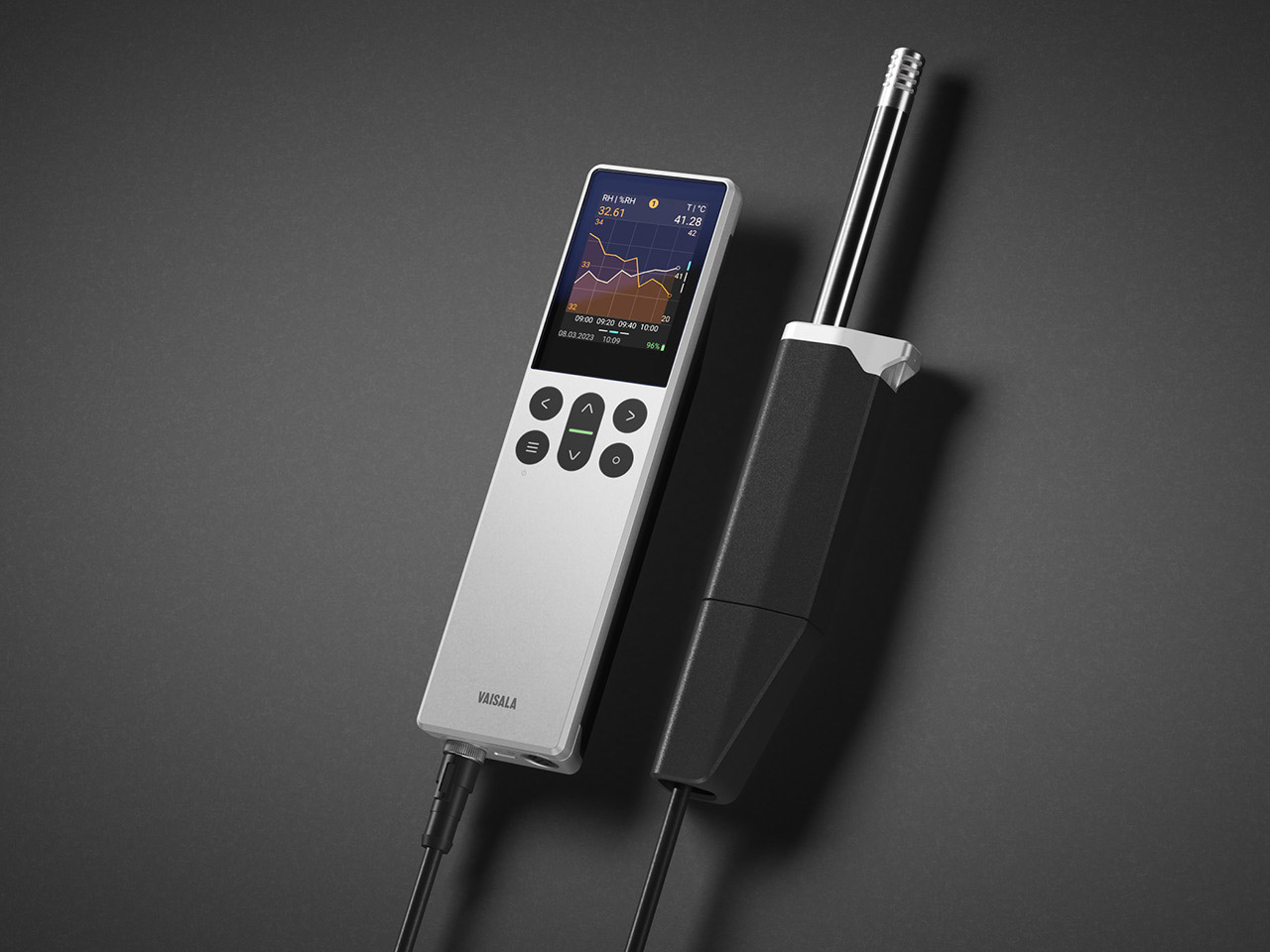
Add new comment